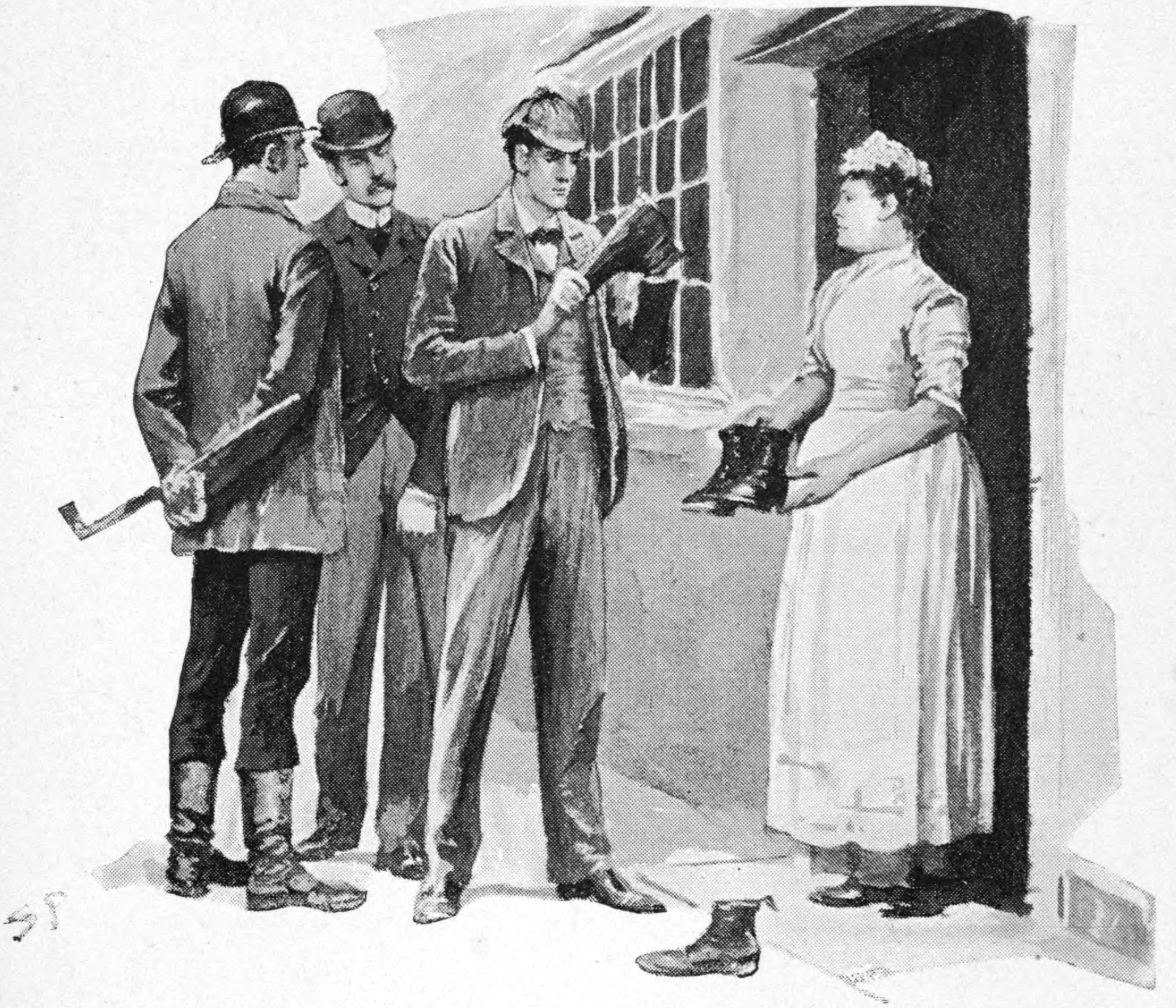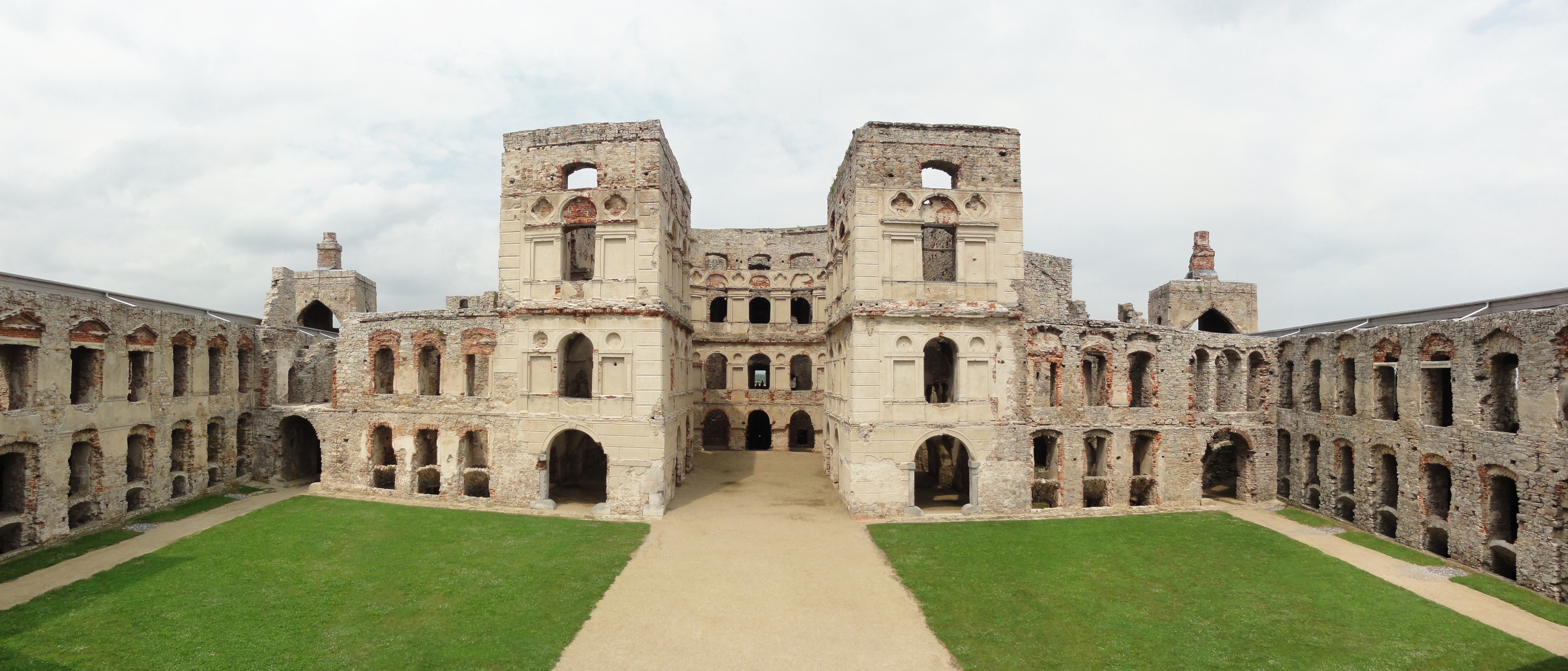|
Ojciec Mateusz
''Ojciec Mateusz'' (English: ''Father Matthew'') is a Polish television drama series, which has aired on TVP1 since November 11, 2008. It is a Polish version of the Italian detective series '' Don Matteo'' broadcast in Italy by Rai Uno. The show is set in the town of Sandomierz, although scenes in the church are recorded in Glinianka near Otwock, the vicarage in Anin in Warsaw, and the office of the bishop is filmed in the Nieborów Palace. In the fourth series, some episodes take place outside of Sandomierz, including in Kielce, Bałtów, Krzyżtopór, Busko-Zdrój and Opatów, as well as Ćmielów, Wąchock and Zalew Sielpia. Plot The series shows the adventures of a Roman Catholic priest who, after returning to Poland from a mission to Belarus, is sent to work in a small parish in Sandomierz. As a pastor, together with a friendly policeman, he solves mysteries and gives help to his parishioners, as well as all those who are in need. Each episode is a separat ... [...More Info...] [...Related Items...] OR: [Wikipedia] [Google] [Baidu] |
Detective Fiction
Detective fiction is a subgenre of crime fiction and mystery fiction in which an investigator or a detective—whether professional, amateur or retired—investigates a crime, often murder. The detective genre began around the same time as speculative fiction and other genre fiction in the mid-nineteenth century and has remained extremely popular, particularly in novels. Some of the most famous heroes of detective fiction include C. Auguste Dupin, Sherlock Holmes, and Hercule Poirot. Juvenile stories featuring The Hardy Boys, Nancy Drew, and The Boxcar Children have also remained in print for several decades. History Ancient Some scholars, such as R. H. Pfeiffer, have suggested that certain ancient and religious texts bear similarities to what would later be called detective fiction. In the Old Testament story of Susanna and the Elders (the Protestant Bible locates this story within the apocrypha), the account told by two witnesses broke down when Daniel cross-examines t ... [...More Info...] [...Related Items...] OR: [Wikipedia] [Google] [Baidu] |
Opatów
Opatów (; yi, אַפּטאַ, אַפּט) is a town in southeastern Poland, within Opatów County in the Świętokrzyskie Voivodeship (Holy Cross Province). Historically, it was part of a greater region called Lesser Poland. In 2012 the population was 6,658. Opatów is located among the hills of Lesser Polish Upland, with the Opatówka river dividing the town into two parts. Tourist attractions include a 12th-century Collegiate Church of St. Martin, 15th-century baroque Bernardine monastery, 16th-century city gate and town hall as well as several other notable buildings. The town marks the intersection of two main roads - European route E371, and national road nr 74 (Piotrków Trybunalski – Hrubieszów). Opatów, however, has no rail connection. Nearest station is at Ostrowiec Świętokrzyski, away. History In the Middle Ages, Opatów was a settlement on the Opatówka River, in an area of forests and lakes. It was founded as a stronghold of the early Polish state in the ... [...More Info...] [...Related Items...] OR: [Wikipedia] [Google] [Baidu] |
Busko-Zdrój
Busko-Zdrój () is a spa town in Świętokrzyskie Voivodeship, southern Poland. It is the capital of Busko County. As of December 2021, it has a population of 15,310. History The origin of Busko goes back to the 12th century, when a group of shepherds settled around St. Leonard's church. In 1185, Knight Dersław, the owner of Busko and its surroundings, brought Norbertine nuns, whom in his will he inscribed i.a. the village of Busko. Dersław was probably killed in the Battle of Chmielnik in 1241 (see: Mongol invasion of Poland). In 1251, it received a revenue privilege from King Bolesław V the Chaste ''(Bolesław Wstydliwy)'' allowing the convent to use the salt water. This is the first record of the use of Busko's mineral waters. In 1287, Busko was granted civic rights by King Leszek II the Black. The advantageous location of the town on trade routes led King Władysław Jagiełło to grant local burghers the right to have a weekly market and two fairs a year beginning in 141 ... [...More Info...] [...Related Items...] OR: [Wikipedia] [Google] [Baidu] |
Krzyżtopór
Krzyżtopór () is a castle located in the village of Ujazd, Iwaniska commune, Opatów County, Świętokrzyskie Voivodeship, in southern Poland. It was originally built by a Polish nobleman and Voivode of Sandomierz, Krzysztof Ossoliński (1587–1645). The castle was partially destroyed during the Swedish invasion known as The Deluge in 1655, and then reduced to ruins during the war of the Bar Confederation by the Russians in 1770. Construction It is unknown when the construction of this impressive fortress began. Krzysztof Ossoliński's father, Jan Zbigniew Ossoliński, gave him the village of Ujazd in 1619; however, first documented proof of the construction of the castle comes from 1627, when it was uncompleted. The nobleman probably finished it in 1644, having spent the enormous sum of 30 million Polish złotys on the work. Unfortunately, Ossoliński did not enjoy it for long, as he died suddenly the next year in Kraków. The castle was inherited by Ossoliński's son K ... [...More Info...] [...Related Items...] OR: [Wikipedia] [Google] [Baidu] |
Bałtów, Świętokrzyskie Voivodeship
Bałtów is a village in Ostrowiec County, Świętokrzyskie Voivodeship, in southeastern Poland. It is the seat of the gmina (administrative district) called Gmina Bałtów. It lies approximately north-east of Ostrowiec Świętokrzyski and east of the regional capital Kielce. History The village dates back to the Middle Ages and the rule of the Piast dynasty in Poland. Bałtów's first church, dedicated to Saint Andrew, probably existed in the 11th century. The famous 15th-century Polish chronicler Jan Długosz mentioned the Bałtów in his chronicles. In the early modern period Bałtów was a private village located in the Sandomierz Voivodeship of the Polish Crown. The village often changed owners, among whom the most famous were politicians Jacek Małachowski and Franciszek Ksawery Drucki-Lubecki. For a short period Bałtów was a town. It received town rights Town privileges or borough rights were important features of European towns during most of the second mill ... [...More Info...] [...Related Items...] OR: [Wikipedia] [Google] [Baidu] |
Kielce
Kielce (, yi, קעלץ, Keltz) is a city in southern Poland, and the capital of the Świętokrzyskie Voivodeship. In 2021, it had 192,468 inhabitants. The city is in the middle of the Świętokrzyskie Mountains (Holy Cross Mountains), on the banks of the Silnica River, in the northern part of the historical Polish province of Lesser Poland. Kielce has a history back over 900 years, and the exact date that it was founded remains unknown. Kielce was once an important centre of limestone mining and the vicinity is famous for its natural resources like copper, lead and iron, which, over the centuries, were exploited on a large scale. There are several fairs and exhibitions held in Kielce throughout the year. The city and its surroundings are also known for their historic architecture, green spaces and recreational areas like the Świętokrzyski National Park. In sports, the city is known as the home of the top-tier handball club, multiple Polish Champion and one-time EHF Champions ... [...More Info...] [...Related Items...] OR: [Wikipedia] [Google] [Baidu] |
Nieborów Palace
Nieborów Palace ( pl, Pałac w Nieborowie) is an aristocratic residence located in the village of Nieborów in Poland. Built in the 17th century by one of the greatest Baroque architects, the Dutchman Tylman van Gameren, the building belongs to one of the most renowned of Poland's aristocratic residences and serves as a museum of interior design of palace residences from the 17th to the 19th century, based on the surviving furniture and collections, featuring portraits of eminent personalities of the era, several thousand drawings and sketches, books (from the 16th century), porcelain and textiles. Nieborów originates from the end of the 12th century with the creation of a village including a church built in 1314 and a wooden mansion. At the beginning of 16th century a Gothic-Renaissance manor was built. It lasted until the end of 17th century, by which time Niebórow was owned by Nieborowski clan of the ''Prawda'' (Truth) Coat of Arms. The residential complex consists of a ... [...More Info...] [...Related Items...] OR: [Wikipedia] [Google] [Baidu] |
Warsaw
Warsaw ( pl, Warszawa, ), officially the Capital City of Warsaw,, abbreviation: ''m.st. Warszawa'' is the capital and largest city of Poland. The metropolis stands on the River Vistula in east-central Poland, and its population is officially estimated at 1.86 million residents within a greater metropolitan area of 3.1 million residents, which makes Warsaw the 7th most-populous city in the European Union. The city area measures and comprises 18 districts, while the metropolitan area covers . Warsaw is an Alpha global city, a major cultural, political and economic hub, and the country's seat of government. Warsaw traces its origins to a small fishing town in Masovia. The city rose to prominence in the late 16th century, when Sigismund III decided to move the Polish capital and his royal court from Kraków. Warsaw served as the de facto capital of the Polish–Lithuanian Commonwealth until 1795, and subsequently as the seat of Napoleon's Duchy of Warsaw. Th ... [...More Info...] [...Related Items...] OR: [Wikipedia] [Google] [Baidu] |
Otwock
Otwock is a city in east-central Poland, some southeast of Warsaw, with 44,635 inhabitants (2019). Otwock is a part of the Warsaw Agglomeration. It is situated on the right bank of Vistula River below the mouth of Swider River. Otwock is home to a unique architectural style called Swidermajer. Otwock is situated in the Masovian Voivodship since 1999; previously, it was in Warszawa Voivodship (1975–1998). It is the capital of Otwock County. The town covers the area of . Forested areas make up 23% of the territory. History Even though the first mention of a village called ''Otwosko'' comes from the early 15th century, Otwock did not fully develop until the second half of the 19th century, when in 1877 the Vistula River Railroad was opened, which ran from Mława via Warsaw, to Lublin and Chełm. Otwock, which is located along the line, became a popular suburb, with numerous spas and several notable guests, including Józef Piłsudski and Władysław Reymont, who wrote ... [...More Info...] [...Related Items...] OR: [Wikipedia] [Google] [Baidu] |
Glinianka, Masovian Voivodeship
Glinianka is a village in the administrative district of Gmina Wiązowna, within Otwock County, Masovian Voivodeship, in east-central Poland. It lies approximately south-east of Wiązowna, east of Otwock, and east of Warsaw Warsaw ( pl, Warszawa, ), officially the Capital City of Warsaw,, abbreviation: ''m.st. Warszawa'' is the capital and largest city of Poland. The metropolis stands on the River Vistula in east-central Poland, and its population is officiall .... References Glinianka {{Otwock-geo-stub ... [...More Info...] [...Related Items...] OR: [Wikipedia] [Google] [Baidu] |
Rai 1
Rai 1 () is an Italian free-to-air television channel owned and operated by state-owned public broadcaster RAI – Radiotelevisione italiana. It is the company's flagship television channel, and is known for broadcasting mainstream and generalist programming, usually aimed towards families, including ''TG1'' news bulletins, prime time drama, cinema and entertainment, and major breaking news, sports and special events. It was launched on 3 January 1954 as the first regular television service in Italy. It was the only one until 4 November 1961, when RAI launched a second channel. The channel was initially referred to as "Programma Nazionale". It received other names, such as "Rete 1" and "Raiuno" until it adopted its current name "Rai 1". It has the highest viewership in Italy, and regularly competes with Mediaset's Canale 5. In the United Kingdom, it is available in free to air satellite broadcast from Hot Bird 13B. Early history The first set of programming for Rai ... [...More Info...] [...Related Items...] OR: [Wikipedia] [Google] [Baidu] |




